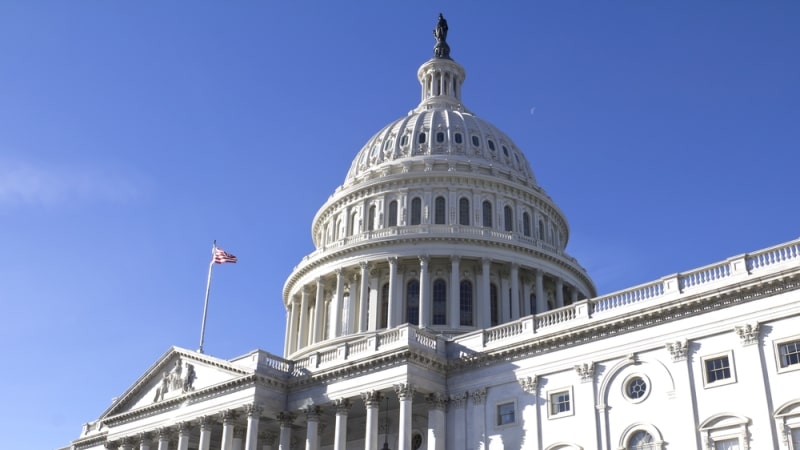
The House Select Committee on Modernization heard testimony from state leaders regarding best practices and lessons learned on IT modernization.
Chair Derek Kilmer, D-Wash., acknowledged with a tongue-in-cheek comment that this was likely not the most interesting hearing happening on the Hill that day, but that the testimony was essential in advancing the Federal government towards its goal of IT modernization.
Diane Boyer-Vine, legislative counsel of California, discussed how the state legislature is making the move to a paperless environment. Kilmer questioned her on how easy it was to bring the entire state legislature on board with the new system. Boyer-Vine acknowledged that it was difficult to get buy-in from all stakeholders, and admitted that while the State Assembly has made the move, the State Senate has yet to adopt the new technology. However, she did praise the state CIO’s work to get buy-in from both the legislators and their staffs. She noted that legislators are interested in adopting the technology, but that staffers are more hesitant. She said that the CIO’s work “has gone a long way” to getting the technology adopted.
Rep. Rob Woodall, R-Ga., began his questioning by noting that the witnesses were among the “brightest innovators in the nation,” but that all of them brought paper copies of their testimony to read before the committee. He said he understood that, that paper was “tried and true” and wouldn’t fail them the day of the hearing. He further said that there is a “drumbeat” to do more with technology, “sometimes just for the sake of doing more.” He said it was important to add “needed functionality,” rather than just innovate for the sake of innovation. He asked the witnesses how they police that.
Boyer-Vine jumped on that question first. She said California has done it both ways, starting out by just innovating for the sake of innovating, and then realizing they didn’t approach it from “the business perspective.” She explained that front-end employees work with government customers to understand their business perspective and then work with back-end employees to ensure that the innovation is “really meeting a need.”
Nelson P. Moe, CIO of Virginia, explained that by code all IT investments must go through his office and nothing is funded until he says the investment fits in with the state’s overall IT strategy. “I get to say no a lot of times and say yes a few times,” he said.
Vice Chair Tom Graves, R-Fla., asked the witnesses where they get their ideas from and how to they discern good ideas from “fads.” Mike Rohrbach, CIO and director of IT for the Washington State Legislature, jumped on answering the question, explain that the legislature has a “robust” oversight process. He said he has two oversight committees, as well as active advisory groups. He said his office meets once a month with the advisory groups, and meets regularly with the oversight committees. He said that allows everything to be vetted to ensure that the technology “adds value.” He said that their process really allows the legislators to do “a lot of the heavy lifting” for his office. He urged Congress to establish its own advisory groups.
Graves then asked how long it takes to go from idea to implementation. Rohrbach said it really depends on the idea and how it is prioritized. He said Washington “moved at light speed” when it came to implementing multi-factor authentication, but that other ideas can take 6 months to a year, depending on the technology and where the state is in terms of legislative cycle. Boyer-Vine said California works on a similar timeline. Regarding vetting projects, she said projects are discussed with both the Senate and the Assembly to help to vet ideas.
Graves then asked how to ensure the IT decision-making process is free from political pressure. Boyer-Vine explained that her entire staff is civil service, not legislative employees, so they don’t feel the pressure to cater to “powerful legislators.” She said her office feels “pretty insulated” from undue political pressure.
